Optimal Timing for Floor Jacking Operations
Floor jackings are essential tools used in vehicle maintenance, construction, and industrial applications. Proper timing ensures safety, efficiency, and optimal results during lifting operations. The best time to perform floor jacking depends on environmental conditions, vehicle or equipment readiness, and operational schedules.
Perform floor jackings during dry weather to prevent slipping and ensure stability. Avoid jacking in rain, snow, or icy conditions.
Choose times when vehicles are stationary and cooled down to avoid thermal expansion and ensure safety during lifting.
Coordinate with maintenance schedules to perform jacking during planned downtime for minimal disruption.
Ensure the work area is clear of debris and obstacles to facilitate safe jacking procedures.
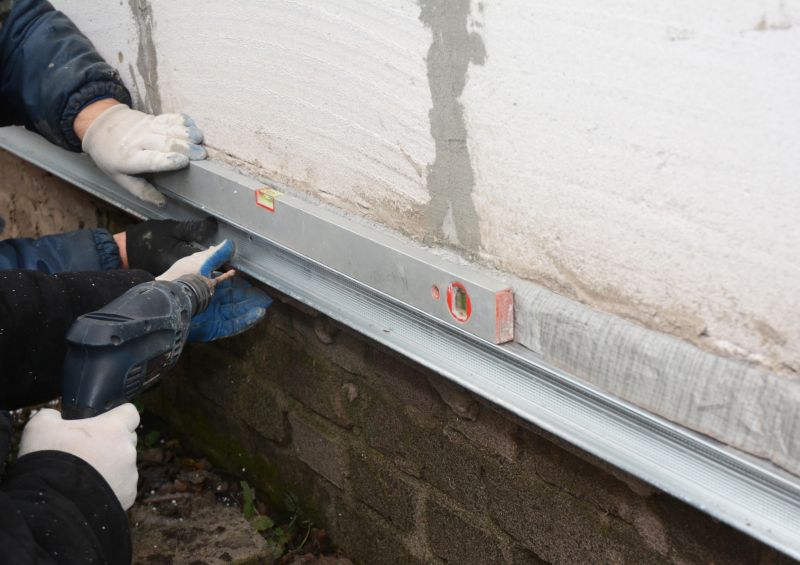
A professional uses a floor jack on a level surface.

Vehicle positioned on a stable, level surface for jacking.
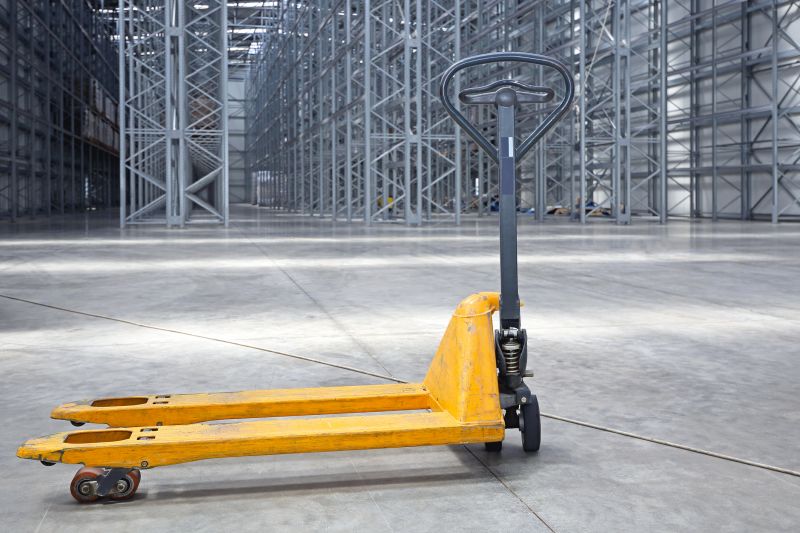
Proper safety gear used during jacking procedures.
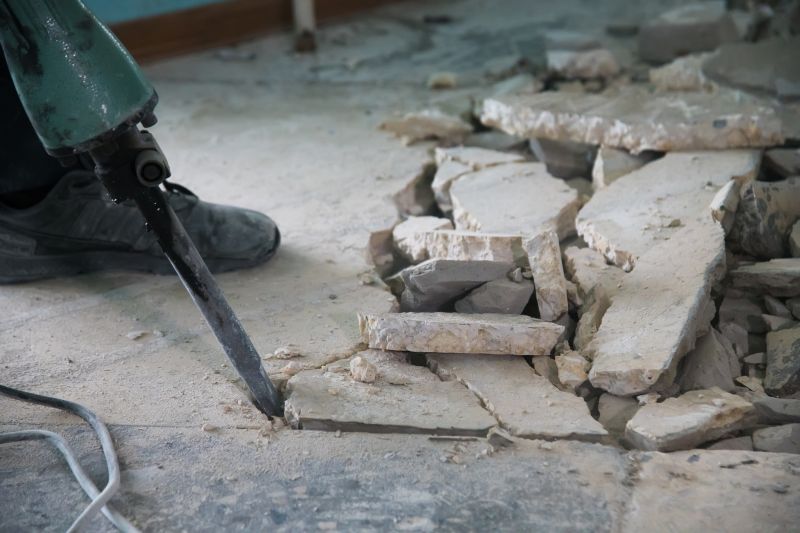
Ways to make Floor Jackings work in tight or awkward layouts.
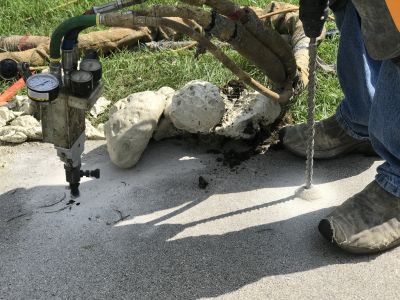
Popular materials for Floor Jackings and why they hold up over time.

Simple add-ons that improve Floor Jackings without blowing the budget.
| Factor | Best Practice |
|---|---|
| Weather | Perform jacking in dry, stable conditions |
| Vehicle State | Ensure vehicle is stationary and cooled down |
| Operational Schedule | Align with scheduled maintenance windows |
| Work Environment | Clear and level surface for safety |
| Tool Inspection | Check jacks before use |
Floor jacking is a critical step in vehicle servicing and construction tasks. Selecting the appropriate time for jacking can prevent accidents, reduce equipment wear, and improve work efficiency. Proper planning and environmental assessment are vital components of safe jacking procedures.
Statistics indicate that most accidents related to floor jacking occur due to improper timing, unstable surfaces, or adverse weather conditions. Ensuring that jacking is performed under suitable conditions minimizes risks and enhances safety protocols.
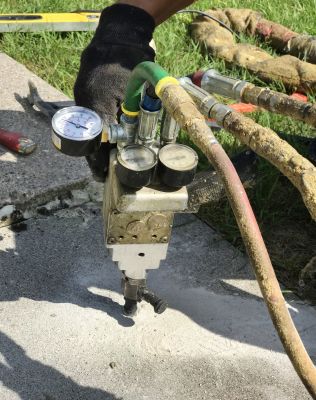
Ensuring the surface is level is key for safe jacking.

Placing the jack at manufacturer-recommended lifting points.
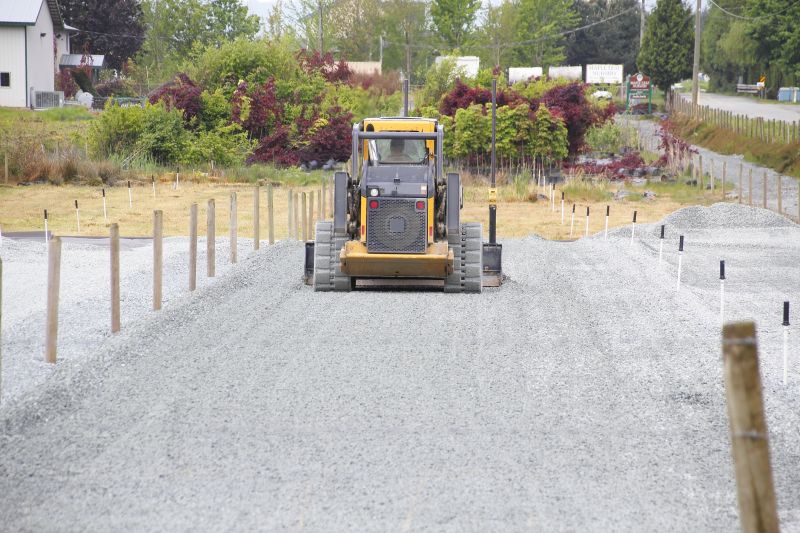
Clear workspace around the vehicle or equipment.

Use of wheel chocks and safety stands during jacking.
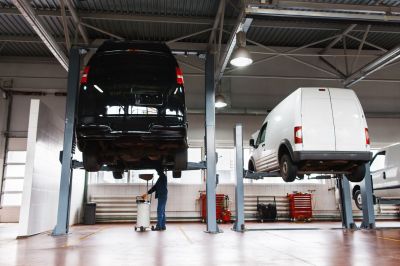
High-end options that actually feel worth it for Floor Jackings.

Finishes and colors that play nicely with Floor Jackings.
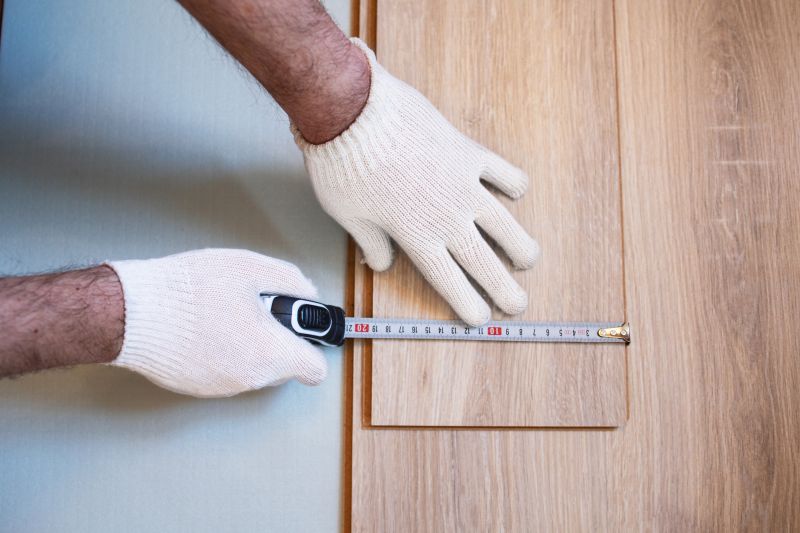
Little measurements that prevent headaches on Floor Jackings day.

A 60-second routine that keeps Floor Jackings looking new.

A frequent mistake in Floor Jackings and how to dodge it.

Small tweaks to make Floor Jackings safer and easier to use.
Interested in scheduling floor jacking services or learning more about proper procedures? Filling out the contact form can provide additional guidance tailored to specific needs.



